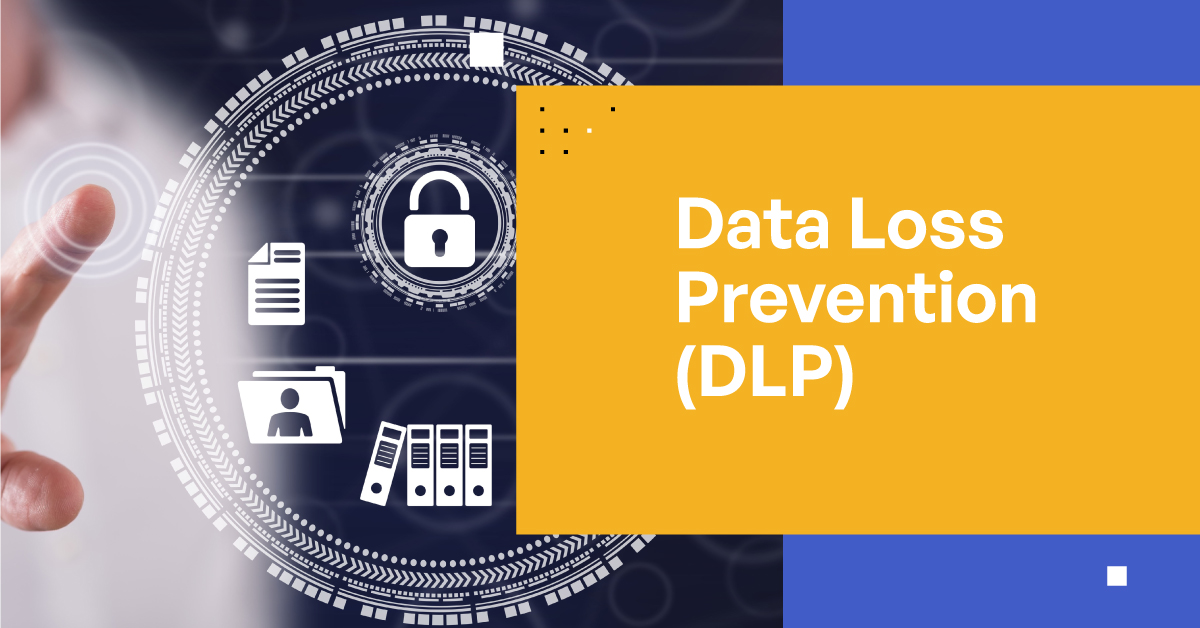Data loss prevention (DLP) solutions are a crucial part of any modern security stack. They monitor and classify data at rest, in motion, and in use to prevent it from being accessed, used, or transferred by unauthorized individuals or in an unauthorized manner.
Table of Contents
By doing so, these solutions enforce data security policies, ensure compliance with regulations, and protect sensitive information such as personal data, intellectual property, and confidential business information from leaks, breaches, or accidental disclosures.
However, to maximize the effectiveness of data loss prevention solutions, it’s crucial to conduct a thorough DLP assessment. This article will explore what a DLP assessment is and the best practices for conducting one.
What is a Data Loss Prevention Assessment?
A DLP assessment is an evaluation of an organization’s DLP policies, tools, and practices. During a DLP assessment, security teams will analyze their organization’s data flows, identify vulnerabilities, and determine how effective existing DLP solutions are at protecting sensitive data.
DLP assessments offer security teams insights into their overall security posture, helping them identify areas in need of improvement and develop new strategies tailored to the organization’s unique requirements.
Data Loss Prevention Assessment Best Practices

Now we better understand what a DLP Assessment is, we can look at the best practices for conducting one.
Involve all Relevant Stakeholders
Gaining a comprehensive view of DLP policies, tools, and practices relies on input from all relevant stakeholders, particularly IT, cybersecurity, and data protection teams. The knowledge and expertise these stakeholders possess are crucial for understanding data flows, identifying vulnerabilities, implementing effective solutions, ensuring alignment with business objectives, and involving the broader organization in DLP efforts.
Use Machine Learning Powered Solutions

Make sure your DLP solutions include cutting-edge Machine Learning (ML) capabilities. These capabilities enhance:
- Data Classification: ML-powered DLP solutions can automatically identify and classify data based on its content and context, reducing the need for manual data tagging and improving the accuracy of classification. This is because ML algorithms analyze patterns and learn from historical data to better distinguish between sensitive and non-sensitive information.
- Threat Detection: While traditional DLP solutions rely on predefined rules and may struggle to keep up with more sophisticated threats, ML-powered solutions continuously analyze data flow, user behavior, and network activities to detect anomalies that could indicate a potential security incident, thereby improving data protection.
Automate Processes Where Possible
By automating routine DLP processes, such as data classification, monitoring, and incident response, you can both reduce the risk of human error and free up time and resources for security teams to work on more complex tasks.
Automated monitoring is particularly useful for data protection. This capability enables DLP solutions to instantly detect unauthorized data access, transfer, and usage without the delays associated with manual oversight. Automating incident response allows the DLP solution to mitigate any detected threats without human intervention, meaning the organization is protected from threats at any time of day or night.
Update DLP Policies Regularly
Keeping your Data Loss Prevention (DLP) policies up-to-date is essential for effective data protection. This involves regularly reviewing and revising policies to align with the latest regulatory requirements, such as GDPR and HIPAA, as well as incorporating industry best practices.
Moreover, by routinely assessing and updating DLP policies, you can better address new threats, vulnerabilities, and emerging attack vectors, ensuring a proactive approach to data security.
Educate Employees on Data Security
It’s crucial to recognize that all staff are responsible for data security, not just security or IT teams. As part of your DLP assessment, you should offer staff regular training on how to handle data properly, identify and report phishing attempts, and report security incidents. Remember, humans are not the weakest link in a security strategy; they are your most valuable asset.
Conduct Regular Audits
Regularly auditing your DLP solutions and security practices will help ensure they remain effective amidst an increasingly sophisticated and fast-evolving threat landscape. These audits should include a comprehensive review of DLP tool performance, testing of incident response plans, and assessments of compliance with relevant regulatory standards. By carrying out these audits, you will ensure your DLP strategy continuously improves and remains resilient against emerging threats.
Clearly Communicate with Stakeholders
The success of any DLP strategy relies on the effectiveness of an organization’s communication channels. You must ensure that all relevant stakeholders are aware of DLP policies, their importance, and how to report any violations. All staff should feel empowered to make a positive contribution to the organization’s security culture.
Conclusion
The key takeaway here is that security – particularly DLP – is not a set-it-and-forget-it solution. Effective data loss protection relies on constant evaluation and improvement, especially in the face of emerging threats and increasingly sophisticated technologies. The threat landscape is evolving faster than ever, so conduct a DLP assessment sooner rather than later to avoid disaster
















